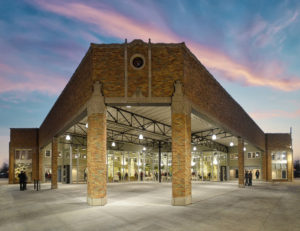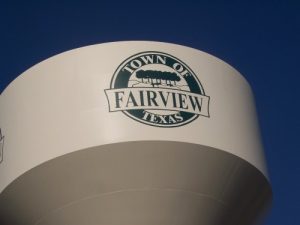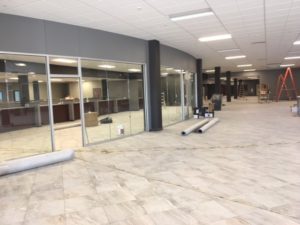
Gary Jennings returned to Amarillo years ago from the Texas Gulf Coast and then plunged into a project he knew would consume much of his time and energy.
It has been worth all of it. And then some.
He has turned a one-time dilapidated structure on the edges of downtown Amarillo into a showpiece. He owns the Firestone Building at the corner of 10th Avenue and Tyler Street. It used to be a tire shop. It has been turned into a “niche” complex of apartments, with retail space on the ground floor.
My point in bringing Jennings up with this blog post is to relay something he told the Rotary Club of Amarillo this past week. He said that a city’s health depends largely — if not exclusively — on the health of its downtown district. He ticked off a few successful American cities and asked, rhetorically, what they had in common. The common denominator was a vibrant downtown district.
To which I wanted to shout from my seat in the crowd, “Amen, brother!” I held my tongue. Of course.
I have enjoyed watching from the peanut gallery over the past five-plus years as Amarillo’s march toward the future has progressed nicely, despite a hiccup or two along the way. I had a more-or-less front-row seat at the Amarillo Globe-News until August 2012. Then I quit the newspaper and have been viewing this progress since then from the cheap seats.
The ballpark construction is under way; an Amarillo Economic Development Corporation official told the Rotary Club that it’s “a week ahead of schedule.” I won’t quibble over how he knows such a thing this early in the project that is supposed to conclude in time for baseball in April 2019.
So much has happened downtown. It gives me hope that Amarillo is moving forward at a steady — if not accelerating — pace toward a future few of us saw more than two decades ago. I arrived here in early 1995 and, so help me, I saw few tangible signs of forward movement in the city’s downtown district.
That has changed. The hustle, bustle and sizzle along Polk Street — the one-time “main drag” — provides plenty of evidence of forward movement.
Jennings’ list of forward-thinking American communities didn’t include one that I know quite well. It’s my hometown of Portland, Ore., where I believe a once-young and innovative mayor — the since-disgraced Neil Goldschmidt — set the gold standard for urban planning.
Goldschmidt disappeared after being caught up in a hideous sex scandal a few years back. In his day, however, when he was a 30-something Portland mayor, he set his sights on redeveloping a once-moribund downtown district.
Goldschmidt decided in the early 1970s to veto a freeway project through the southeast quadrant of Portland. He said the city would instead direct its resources — meaning public money — into developing a viable mass transit system. It would create a bus system that served the downtown district. His goal? To turn downtown Portland into a destination.
Goldschmidt’s strategy worked. My hometown’s central business district thrives in a way I couldn’t possibly imagine when I was growing up there.
I cite this example as proof of what Gary Jennings said this past week. He is correct in asserting that a city’s health depends heavily on the health of its downtown district.
We don’t yet know where Amarillo, Texas is heading after the last project is finished … whenever that occurs. I remain confident in the extreme that it will be in a different and far better place than when the work began.




